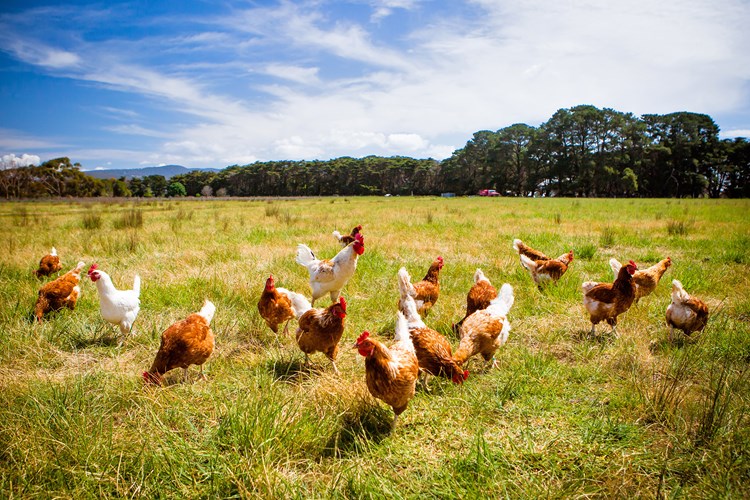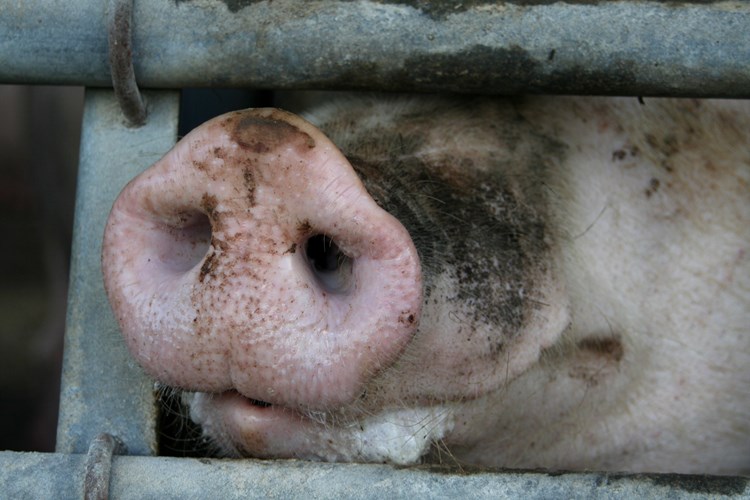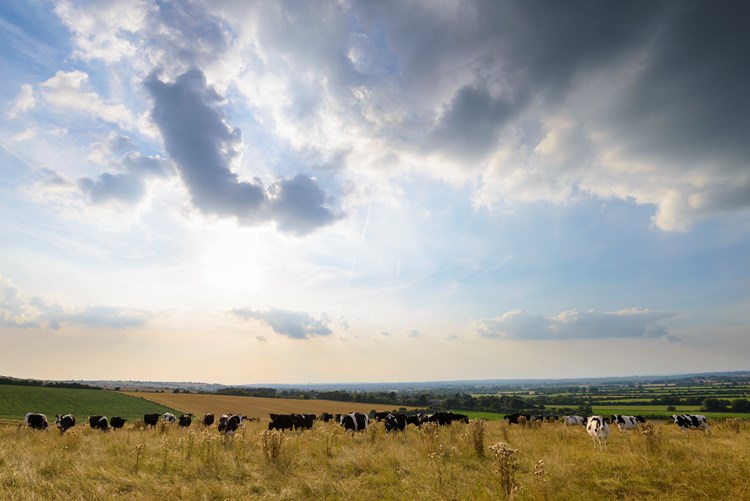The Rise of the Mega Farm
Alarm bells have been raised across the farming and animal welfare campaigning sectors as research from the Guardian and the Bureau of Investigative journalism was published yesterday.
The investigation has found that nearly 800 livestock mega farms exist across the UK, with one in almost every single county. There has been a rise of mega farms in the UK in the last 6 years of 26%. Herefordshire has 88 factory farmed animals to every single person in the county.
Our CEO, Helen tells us about why we the rise of the mega-farm is worrying.
A Good Life
The increase in these very large indoor units is worrying from a number of perspectives. If a problem emerges, such as diseases, or a breakdown in ventilation systems, it can very quickly become a welfare catastrophe. Eradicating disease in such large flocks and herds can be extremely difficult, as vets increasingly acknowledge.
The animals have no opportunity to experience a good life. Even if excellent management and design can prevent conditions like lameness, there’s not much fun to be had in a factory.
We all want to spend some time outside when the weather is fine, to explore and play, and other animals want this too.

What about the environment?
It makes no sense environmentally either. Very large quantities of feed travel huge distances to supply the CAFO, and then the manure (usually described as ‘waste’ when it should be a valued resource for surrounding farmland) becomes a disposal problem. Anaerobic digesters are often cited as the solution, but these bring another raft of problems in their wake. Meanwhile, the local community can suffer from constant traffic in and out of the sites.
When good goes bad…

Should a farmer need to keep 25,000 pigs, or a million chickens to keep the wolf from the door? Of course, it’s corporate not family farms that are often keen to expand to these levels - very few normal farmers can afford the level of capital investment required. And if a ‘normal’ farmer does invest the millions required, then they are trapped by their investment. They have no option but to plug on, however low prices get. This may suit the processors and retailers who make their returns on the back of low priced commodities. Yet as farmer margins get squeezed, that’s when short cuts may be taken, and what looked ok on paper turns into a nightmare for the people and animals trapped in a concrete jungle. When big goes bad, it goes bad on a very big scale.
Mixed farming is the way forward

The Soil Association has always promoted mixed farming, where animals are an integral part of the fertility building process on farms, free ranging on leguminous pastures whenever weather conditions permit. This can take place on farms of all sizes-it’s not the size of the operation but the balance of animals to the land available that is important, and the ability of animals to experience a more natural life.
Find out more about our campaigns against factory farms, our work to improve animal welfare and how you can get involved.


